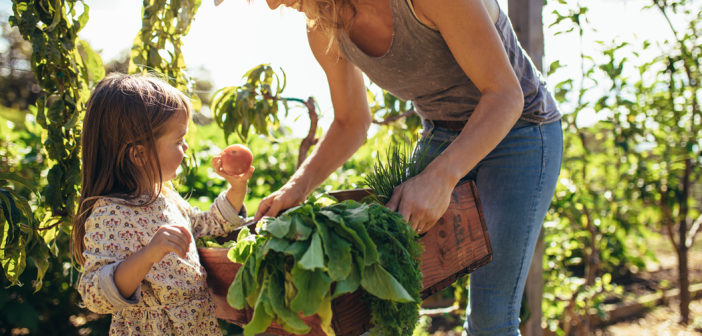Gardening, a timeless hobby that marries the simple joys of hands-on nurturing with the profound satisfaction of watching life grow, has seen a resurgence in popularity. Among the myriad of methods to enhance garden vitality, one innovative approach stands out: the use of plant biostimulants. This article will show you how these natural agents can significantly boost your vegetable garden’s health, ensuring a bountiful and vibrant harvest.
Understanding Plant Biostimulants
At the heart of a thriving vegetable garden is the health of its plants. Plant biostimulants, a term that might sound complex, are essentially substances or microorganisms applied to plants or soils to improve their vigour, yields, and quality, not by providing nutrients directly, but by stimulating natural processes. They enhance nutrient uptake, water efficiency, stress tolerance, and overall crop quality and yield.
The Role of Plant Biostimulant Products in Your Garden
Incorporating plant biostimulant products into your gardening routine can be a game-changer. These products, ranging from seaweed extracts to beneficial bacteria and fungi, work by enhancing the plant’s ability to absorb nutrients and water efficiently. This not only strengthens the plant’s resilience against pests and diseases but also accelerates growth and increases yield. By using these biostimulants, you’re not just feeding your plants; you’re empowering them to reach their full potential.
Selecting the Right Biostimulants for Your Garden
Not all biostimulants are created equal, and the key to maximizing their benefits lies in selecting the right ones for your garden. Consider factors such as the types of vegetables you’re growing, the specific challenges they face, and the composition of your soil. For instance, if your garden struggles with saline soil, choosing biostimulants that enhance water uptake and stress tolerance can be particularly beneficial.
Application Techniques for Maximum Effect
The benefits of biostimulants are maximized when applied correctly. This involves not just the timing and frequency of application but also the method. Some biostimulants are best applied directly to the soil to enhance root development, while others are more effective when sprayed onto the leaves. Understanding the needs of your plants and the action mechanism of the biostimulant you’re using is crucial for achieving the best results.
Integrating Biostimulants with Traditional Gardening Practices
While plant biostimulants can significantly enhance garden health, they are most effective when used as part of a holistic gardening approach. This includes regular practices such as proper watering, mulching, and crop rotation, as well as organic pest and disease management strategies. By integrating biostimulants with these traditional practices, you can create a synergistic effect that promotes robust plant growth and resilience.
Monitoring and Adjusting for Optimal Health
As with any gardening intervention, the key to success with biostimulants lies in careful monitoring and adjustment. Observe how your plants respond to the treatments and be prepared to adjust your approach based on their needs. This might mean changing the type of biostimulant used, adjusting the application frequency, or integrating additional gardening practices to address specific challenges.
The Future of Gardening with Biostimulants
The use of plant biostimulants represents a forward-thinking approach to gardening that aligns with the principles of sustainability and environmental stewardship. As research in this field continues to evolve, gardeners are likely to have access to an even wider range of products designed to support the health and productivity of their gardens in harmony with nature.
Conclusion
The incorporation of plant biostimulants into your vegetable garden offers a promising avenue for enhancing plant health, yield, and resilience. By selecting the right products, applying them effectively, and integrating them with traditional gardening practices, you can unlock the full potential of your garden. As we look to the future, the role of biostimulants in sustainable gardening practices is set to become increasingly significant, offering exciting possibilities for gardeners seeking to nurture their plants in harmony with the environment. Whether you’re a seasoned gardener or a novice, exploring the benefits of plant biostimulants could be the key to achieving a healthier, more vibrant garden.




